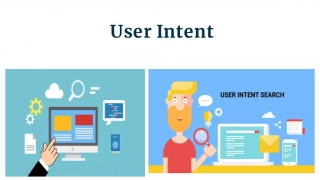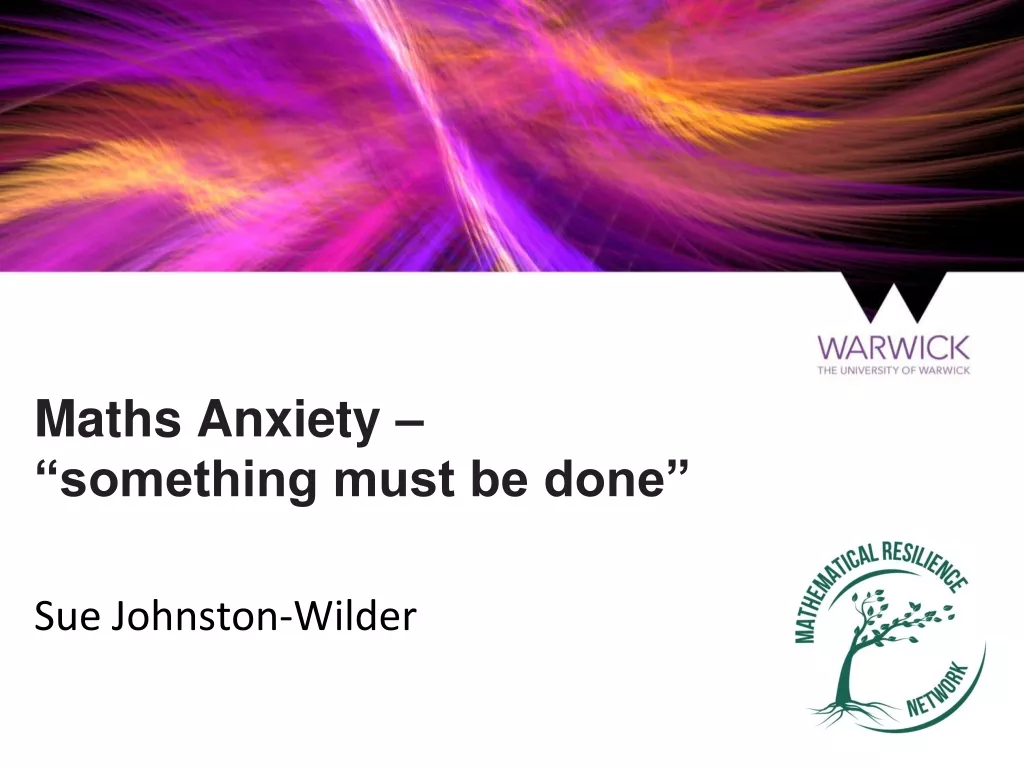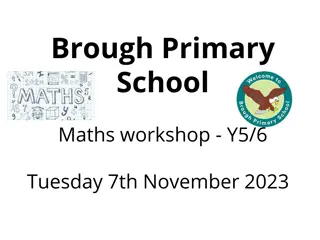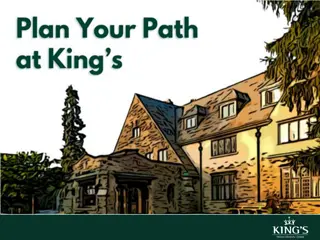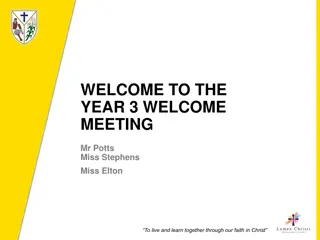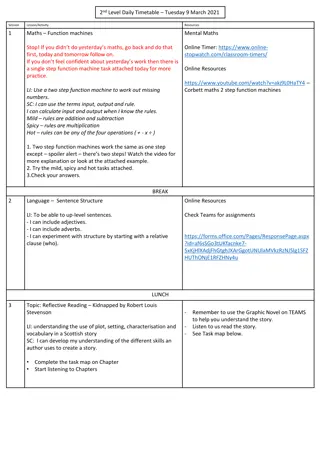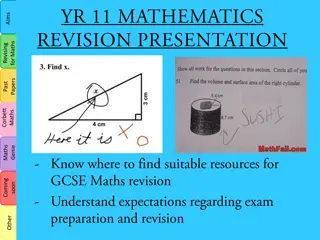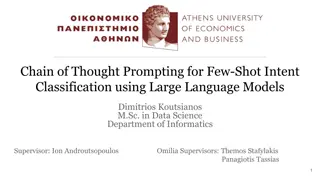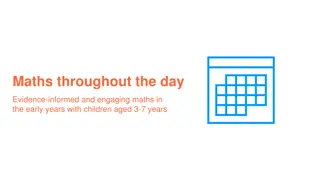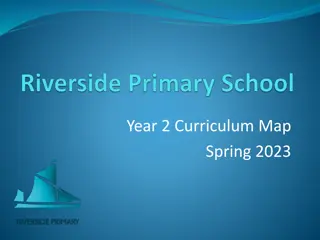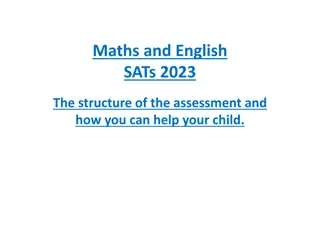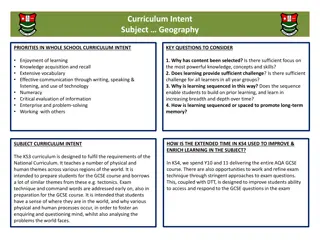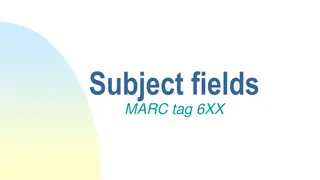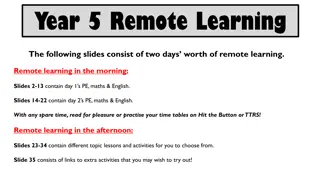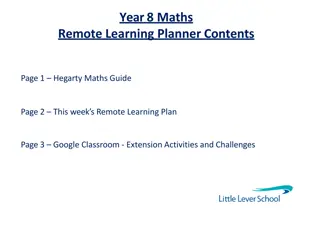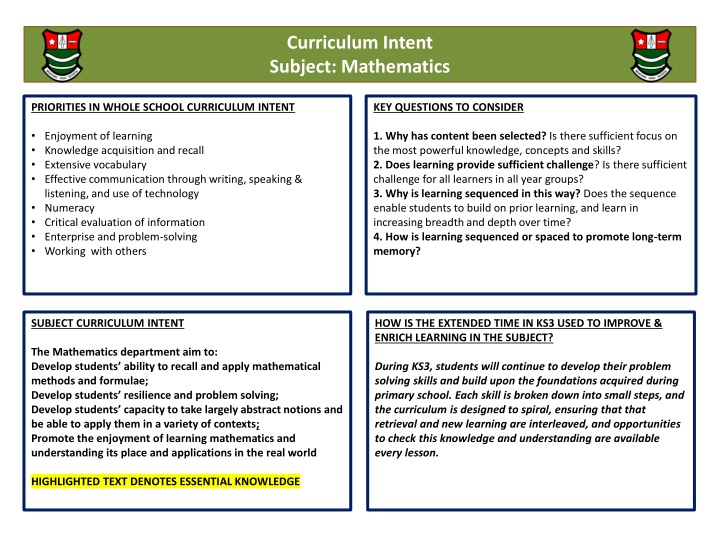
Mathematics Curriculum Intent for Enhanced Learning
Delve into the Mathematics curriculum intent focusing on knowledge acquisition, problem-solving, and building mathematical skills in students through a structured and spiraled approach. Explore the rationale behind the selected content and sequencing, aiming to foster enjoyment of learning, numeracy, and critical evaluation of information while promoting long-term memory retention.
Download Presentation

Please find below an Image/Link to download the presentation.
The content on the website is provided AS IS for your information and personal use only. It may not be sold, licensed, or shared on other websites without obtaining consent from the author. If you encounter any issues during the download, it is possible that the publisher has removed the file from their server.
You are allowed to download the files provided on this website for personal or commercial use, subject to the condition that they are used lawfully. All files are the property of their respective owners.
The content on the website is provided AS IS for your information and personal use only. It may not be sold, licensed, or shared on other websites without obtaining consent from the author.
E N D
Presentation Transcript
Curriculum Intent Subject: Mathematics PRIORITIES IN WHOLE SCHOOL CURRICULUM INTENT KEY QUESTIONS TO CONSIDER Enjoyment of learning Knowledge acquisition and recall Extensive vocabulary Effective communication through writing, speaking & listening, and use of technology Numeracy Critical evaluation of information Enterprise and problem-solving Working with others 1. Why has content been selected? Is there sufficient focus on the most powerful knowledge, concepts and skills? 2. Does learning provide sufficient challenge? Is there sufficient challenge for all learners in all year groups? 3. Why is learning sequenced in this way? Does the sequence enable students to build on prior learning, and learn in increasing breadth and depth over time? 4. How is learning sequenced or spaced to promote long-term memory? SUBJECT CURRICULUM INTENT HOW IS THE EXTENDED TIME IN KS3 USED TO IMPROVE & ENRICH LEARNING IN THE SUBJECT? The Mathematics department aim to: Develop students ability to recall and apply mathematical methods and formulae; Develop students resilience and problem solving; Develop students capacity to take largely abstract notions and be able to apply them in a variety of contexts; Promote the enjoyment of learning mathematics and understanding its place and applications in the real world During KS3, students will continue to develop their problem solving skills and build upon the foundations acquired during primary school. Each skill is broken down into small steps, and the curriculum is designed to spiral, ensuring that that retrieval and new learning are interleaved, and opportunities to check this knowledge and understanding are available every lesson. HIGHLIGHTED TEXT DENOTES ESSENTIAL KNOWLEDGE
YEAR 7 PERSONAL DEVELOPMENT All lessons to contain Slide 2 which reference careers using each topic KNOWLEDGE CONCEPTS SKILLS RATIONALE Directed Number Algebraic Thinking Place value and proportion Four operations with negative numbers Basics of algebra reading/writing/terminology Function machines Bar models Inverse operations Solving equations Spot patterns exploring skills Continue patterns Calculators used Read /write numbers up to 1 billion Number lines Operations and equations with directed numbers Understanding and using algebraic notation Equality and equivalence Sequences Place value and ordering integers and decimals Directed number unit is now the first unit to complete as we felt last year because students didn t have this skill straight away it stopped us from challenging them in the next unit with negative numbers whilst solving equations. We also moved the sequences unit to be the 4th unit as the students found this unit quite easy and we wanted to challenge straight away and do something completely different to what they had been familiar with at primary algebra. We want to enable consistent approach to algebraic methods and notation to mitigate for varied/limited exposure to algebra at feeder schools Also seen as a tricky topic something they can be really proud of. Term 1 Basic mathematical concepts covered ensuring the foundations are solid to be built on at a later date. Number lines to help when scaling axes . Topics from algebraic thinking interleaved into place value. Feed into future units on algebra. Number- basis for all maths. Building on prior work from primary school Application of problem solving to be used in all topic areas in all year groups . All lessons to contain Slide 2 which reference careers using each topic Place Value and proportion Applications of number Fractional thinking Building formal methods of addition, subtraction, multiplication and division Interpreting and solving problems Problems involving perimeter, money, tables and charts Calculator skills Checking skills working backwards Choosing the correct operation Order of operations Fraction, decimal and percentage equivalence Solving problems with addition and subtraction Solving problems with multiplication and division Fractions and percentages of amounts Addition and subtraction of fractions Term 2 Constructing, measuring and using geometric notation Developing geometric reasoning Developing number sense Sets and probability Prime numbers and proof All lessons to contain Slide 2 which reference careers using each topic Lines and angles Reasoning with number Using rulers and protractors Angle notation Pie charts Names and properties of 2D shapes Angles rules Reasoning Explaining Feed into future units on angles and construction Reasoning and explain skills to be transferred to other topics Term 3
YEAR 8 PERSONAL DEVELOPMENT All lessons to contain Slide 2 which reference careers using each topic KNOWLEDGE CONCEPTS SKILLS RATIONALE Working in the cartesian plane Collecting and representing data Tables Ratio and scale Multiplicative change Multiplying and dividing fractions Brackets, equations and inequalities Sequences Indices Fractions and percentages Standard index form Number sense Angles in parallel lines and polygons Area of trapezia and circles Line of symmetry and reflection The data handling cycle Measures of location Coordinate geometry Drawing and interpreting graphs, tables and charts Problem solving Explain and reasoning Fraction manipulation Building from earlier units in year 7 Interleave ratio and proportion with lots of topics as higher emphasis on the GCSE. Problem solving skills to be transferred to all topics Representations Proportional reasoning Term 1 Algebraic techniques Developing number Expanding brackets Solving equations Pattern spotting Indices manipulation Multiply and divide by powers of 10. Fraction, decimal and % conversion Angle facts 2d shape facts Area and perimeter Multiplication and division skills Use of tracing paper Scales Building from earlier units in year 7 More algebraic manipulation to help with future units next in year 9. Problem solving skills to be transferred to all topics All lessons to contain Slide 2 which reference careers using each topic Term 2 Developing geometry Reasoning with data Building from earlier units in year 7 Problem solving skills to be transferred to all topics All lessons to contain Slide 2 which reference careers using each topic Term 3 YEAR 8 ENRICHED LEARNING EXPERIENCES Junior Maths Challenge
YEAR 9 PERSONAL DEVELOPMENT All lessons to contain Slide 2 which reference careers using each topic KNOWLEDGE CONCEPTS SKILLS RATIONALE Reasoning with number Reasoning with algebra Constructing in 2D and 3D Numbers Using percentages Maths and money Forming and solving equations Testing conjectures Straight line graphs Building on prior units from Y7 and Y8, and completing remaining content from National Curriculum Working with directed numbers Four operations with fractions Solving percentage problems Using exchange rates Solving equations and inequalities Substitution Using tables of values Using y=mx+c Term 1 Constructing in 2 and 3 dimensions Reasoning with geometry Three dimensional shapes Constructions and congruence Deduction Rotation and translation Enlargement and similarity Building on prior units from Y7 and Y8, and completing remaining content from National Curriculum All lessons to contain Slide 2 which reference careers using each topic Finding area and volume Drawing and measuring angles Term 2 Rotating and translating shapes Enlarging shapes Calculating corresponding sides Reasoning with proportion Representations and revision Building on prior units from Y7 and Y8, and completing remaining content from National Curriculum All lessons to contain Slide 2 which reference careers using each topic Pythagoras Theorem Solving ratio and proportion problems Rates Probability Algebraic representation Calculating hypotenuse and short sides using Pythagoras Solving best buy problems Using direct and inverse proportion Using distance-time graphs Solving density problems Using tree diagrams Calculating probability and relative frequency Draw and interpret quadratic graphs Term 3 YEAR 9 ENRICHED LEARNING EXPERIENCES
YEAR 10 PERSONAL DEVELOPMENT All lessons to contain Slide 2 which reference careers using each topic KNOWLEDGE CONCEPTS SKILLS RATIONALE All classes begin at the same point on the SOW Directed Number Calculator skills Rounding Pythagoras Statistical Diagrams Percentages Fractions Algebra This enables students to access both tiers, to ensure no knowledge is wasted when tiering decisions are made and there is no ceiling for any student. Cumulative assessments check for gaps in knowledge and understanding Four operations Negative numbers Use of Calculator Rounding and Error Intervals Estimation Calculating missing lengths in a right angled triangle Two Way Tables Frequency Trees Scatter Graphs Frequency polygons Reverse Percentages Percentage of an Amount Interest and Growth Depreciation and Decay Equivalent fractions 4 operations with fractions Simplify expression Expand brackets Factorise Solve equations Change the subject Inequalities Angle facts Angles in parallel lines Bearings Loci Angles in polygons Congruence Pie charts Ratio Proportion Recipes Exchange Rates Area and perimeter of 2d shapes including circles HCF/LCM Product of Prime Factors Multiples in Context Averages Time Series Straight Line Graphs Number Algebra Geometry Statistics Term 1 Geometry Ratio and proportion Numbers Algebra Angles Ratio Area & Perimeter Multiples and Factors Graphs Averages This enables students to access both tiers, to ensure no knowledge is wasted when tiering decisions are made. Cumulative assessments check for gaps in knowledge and understanding All lessons to contain Slide 2 which reference careers using each topic Term 2
YEAR 11 KNOWLEDGE Algebra Ratio and proportion CONCEPTS SKILLS RATIONALE Topics based on high frequency questions that appear on GCSEs to help with the revision for the mock exams after October half term. PERSONAL DEVELOPMENT Simplify expressions Expand brackets Factorise expressions Solve equations Rearrange equations Substitute Inequalities Problems with area, perimeter, probability, angles Word problems Exchange rates Conversion graphs Simplify ratio Share in a ratio Recipe questions Scale diagrams Density Pressure Speed/distance/time Real life graphs Gradients Algebra Ratio Compound measure All lessons to contain Slide 2 which reference careers using each topic Term 1 Revision of prior learning (SOW should be complete by Easter of Y11) Revision of prior learning (SOW should be complete by Easter of Y11) Prepare students for GCSE exams All lessons to contain Slide 2 which reference careers using each topic Classes will be following amended SOW (specific to each class) based on Mock exam analysis to ensure best use of time and effort Term 2 Term 3 YEAR 11 ENRICHED LEARNING EXPERIENCES Level 2 Certificate in Further Maths (by invitation after November mock exams)


